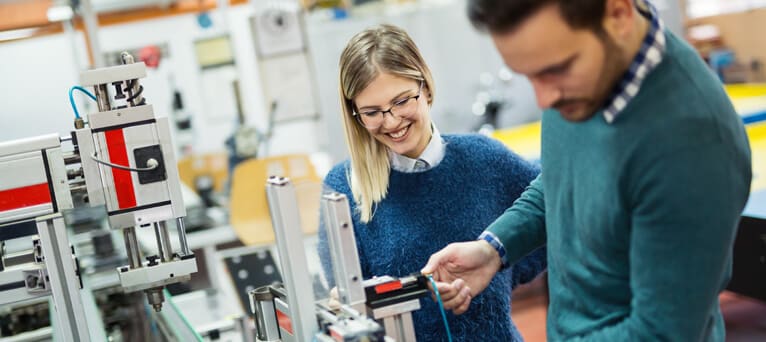Supervisors: Dr. Stefania Ricciardi (RAL, PPD) and Dr. Xianguo Lu (Warwick)
The Neutrinos from Stored Muons (nuSTORM) facility will provide a neutrino beam from the decays of muons confined in a storage ring with tunable momentum (1-6 GeV/c). The well-known flavour composition and energy spectrum of the beam will allow ultimate precision electron- and muon-neutrino scattering measurements to be made over the kinematic range of interest to future long-baseline experiments. They will also enable studies of neutrino oscillations and searches for beyond the Standard Model phenomena with a sensitivity that goes significantly beyond that of the short-baseline experiments currently in construction at FNAL. The development of this facility will strongly benefit the particle physics, nuclear physics and accelerator physics communities: the precise determination of neutrino-nucleus cross-sections will have a direct impact on the sensitivity of DUNE and Hyper-K to CP violation and will contribute to the development of the description of the nuclear dynamics; the nuSTORM target complex and storage ring will form an essential testbed for muon-collider R&D.
This project will evaluate and optimise the nuSTORM neutrino physics capabilities for processes in and beyond the Standard Model. The student will study the neutrino production from the muon decay in the storage ring and determine the sensitivity of nuSTORM to measurements of electron- and muon-neutrino (and antineutrino) cross-sections. Quantitative comparisons to expectations from Hyper-K and DUNE will be made. More specifically, the student will develop the nuSTORM state-of-the-art simulation to improve the design of the neutrino beamline; explore novel ideas to produce mono-energetic electron neutrino fluxes; perform sensitivity studies of neutrino cross-section measurements and consolidate the beamline and detector designs. Additionally, building on the Heavy Neutral Lepton (HNL) beam simulation recently developed by the Warwick-Oxford group, HNL fluxes from nuSTORM can be generated and studies of the sensitivity of nuSTORM to HNL searches can be performed.
The student will spend time both at Warwick and at the Rutherford Appleton Laboratory. Long-term visits to CERN, working with physicists in the CERN neutrino group, are possible.
For more details, please contact Dr. Stefania Ricciardi ([Email Address Removed]) or Dr. Xianguo Lu ([Email Address Removed]), and refer to https://www.ppd.stfc.ac.uk/Pages/Students.aspx.

 Continue with Facebook
Continue with Facebook




